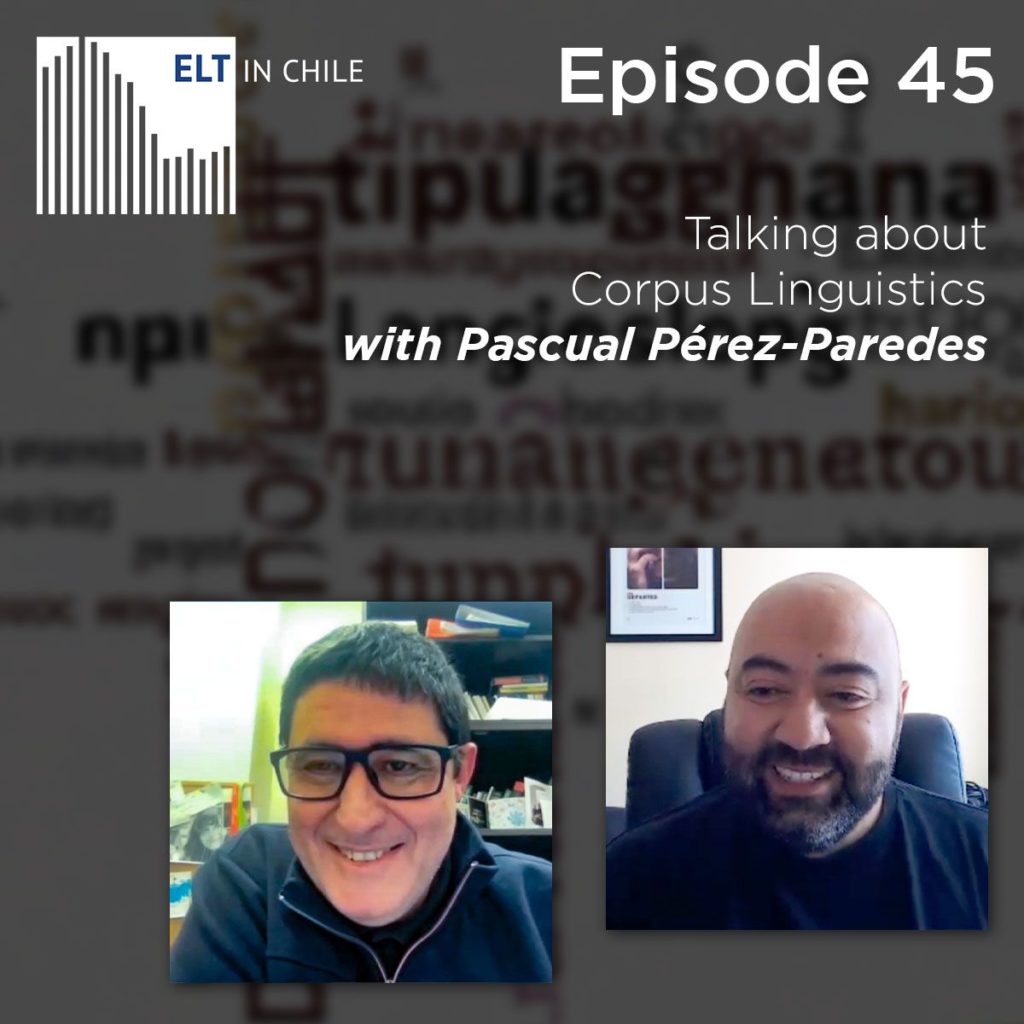
Spotify: https://open.spotify.com/episode/4UlvjDIfBJdCbaOTpkxh7n

An, X., Chai, C. S., Li, Y., Zhou, Y., Shen, X., Zheng, C., & Chen, M. (2022). Modeling English teachers’ behavioral intention to use artificial intelligence in middle schools. Education and Information Technologies, 1-22. (URL)
Kumar, B. A., & Goundar, M. S. (2022). Developing mobile language learning applications: a systematic literature review. Education and Information Technologies, 1-21. (URL)
Charles, M. (2022). Student Autonomy and Data-driven Learning in English for Academic Purposes. (URL)
Taghizadeh, M., & Basirat, M. (2022). Investigating pre-service EFL teachers’ attitudes and challenges of online teaching. Computer Assisted Language Learning, 1-38. (URL)
Veiga Norlander, C. (2022). L2 Vocabulary Acquisition: An Investigation into the Effectiveness of PlayPhrase. me as a Tool for Learning English Vocabulary for Swedish Level 9 Students. (URL)
With Tove Larsson and Gregory Hancock
Chech this out:
Larsson, T., Plonsky, L., & Hancock, G. R. (2021). On the benefits of structural equation modeling for corpus linguists. Corpus linguistics and linguistic theory, 17(3), 683-714.
The following is an extract form Hunston (2022, p. 256).
Hunston, S. (2022). Corpora in applied linguistics. Cambridge University Press.
Sinclair made a number of generalisations in the 1980s (Sinclair 1991, 2004; see also Francis 1993; Hoey 2005; Hunston 2002; Stubbs 2001) which might be summarised as follows:
• In describing the meanings of a word, the ‘phrases’ that the word is used in are central to that description (= there is no distinction between form and meaning).
• Those ‘phrases’ are neither fully fixed nor fully open – in fact the distinction between ‘word’ and ‘fixed phrase’ does not hold up; the boundaries of a ‘phrase’ may be indeterminate and the variation resists classification.
• Those ‘phrases’ incorporate associations between individual words that might be discussed under the heading of collocation, but the ‘phrases’ also include aspects of grammar and commonalities of meaning rather than of form (= language is not divided into lexis and grammar).
• Although we commonly think of words as having meaning, and we often talk of a word having several meanings, what actually happens is that a word occurs in several ‘phrases’ and meaning resides in the ‘phrase’ rather than the word (= unit of meaning).
• When we look at text we can observe that a lot of it can be explained as a series of units of meaning and the remainder can be explained in terms of residual grammar (= idiom principle and open-choice principle).